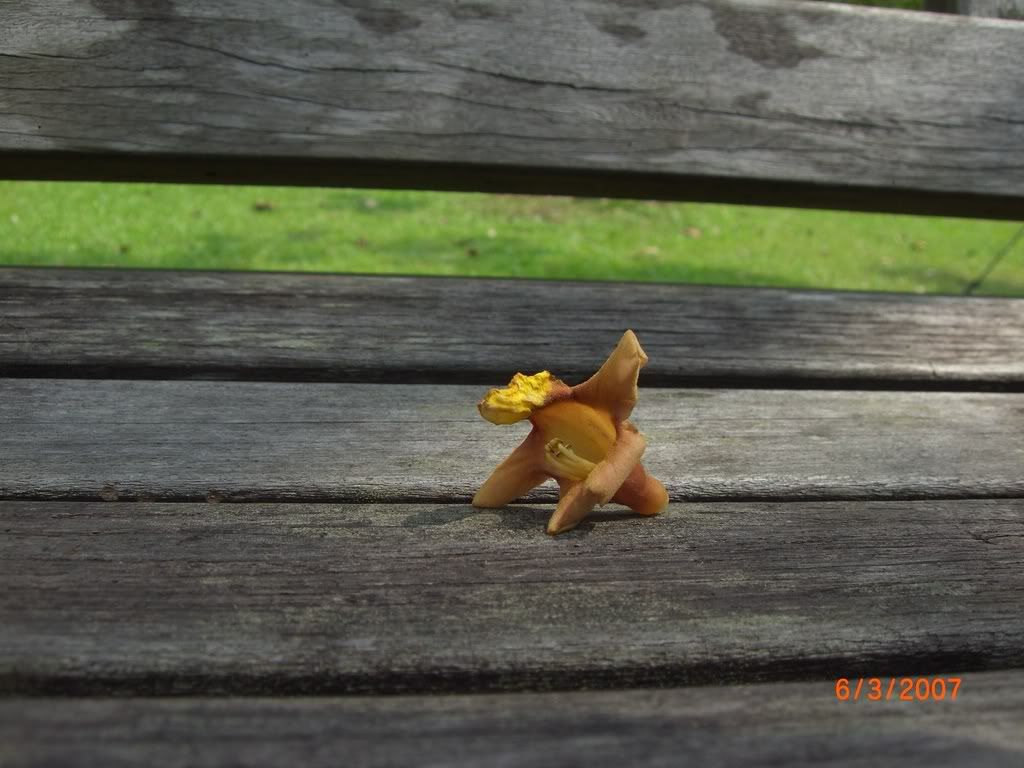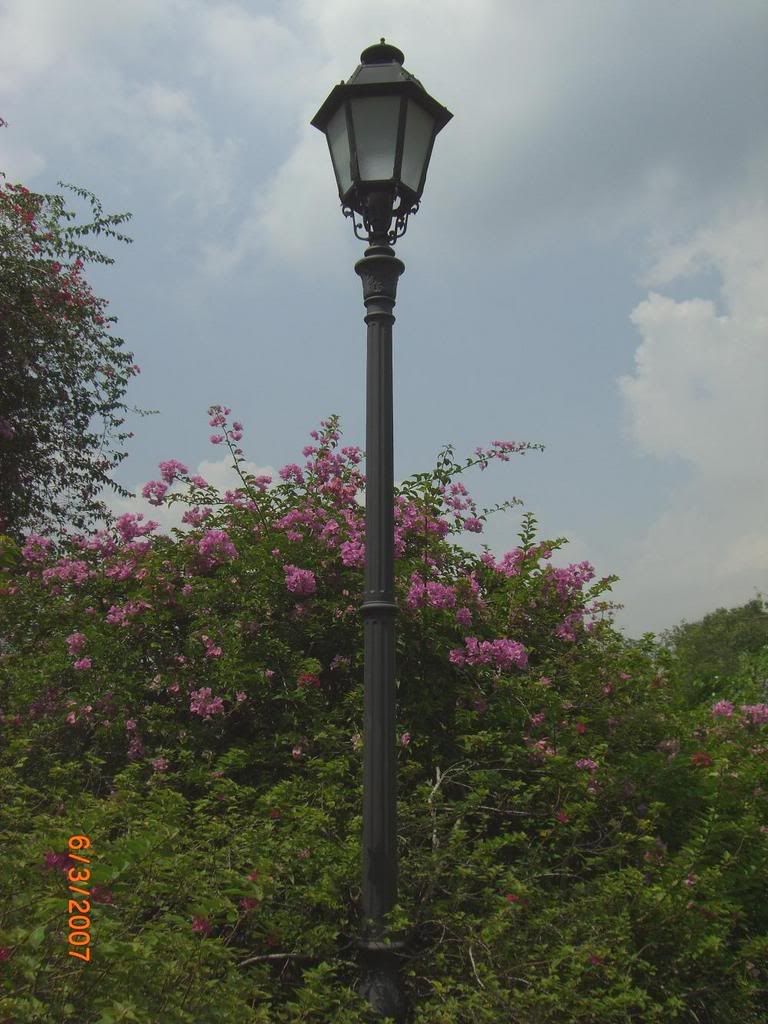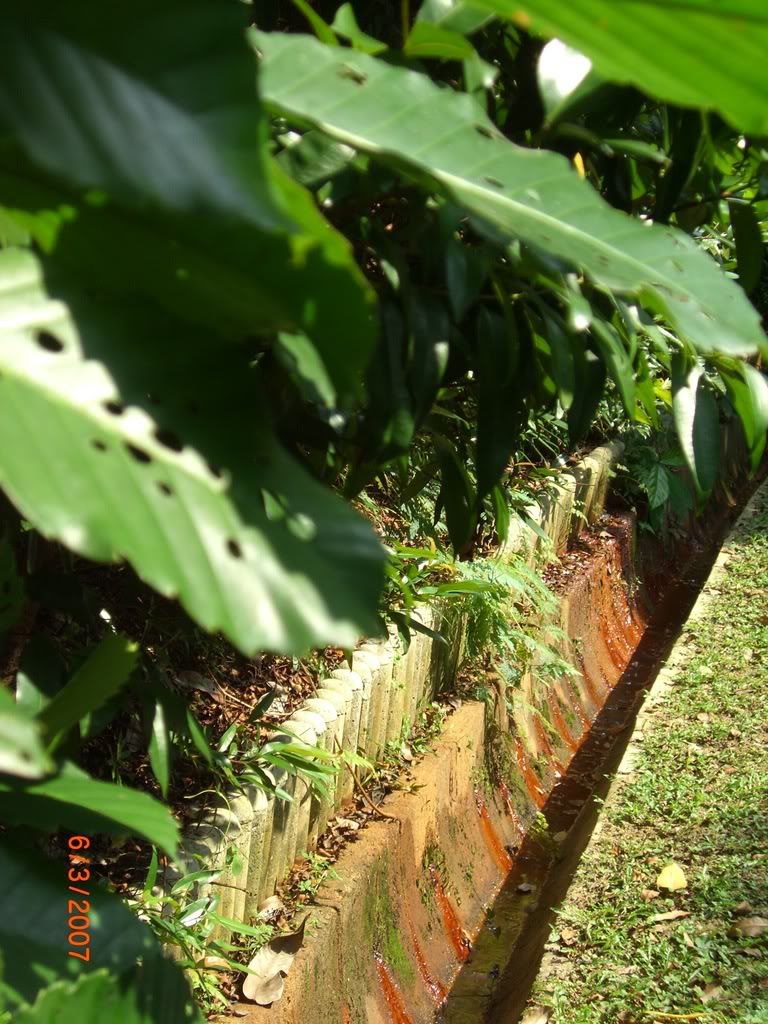
The picture shows a dead or wilted yellow flower on a park bench. In my opinion, the park bench represents Man’s constructions whereas the flower represents nature. The wilted flower lying on the bench perhaps suggests that nature is slowly dying or losing its battle against urbanisation. The petals of the flower also seem withdrawn and almost distorted but the bench appears to be rigid and firm -- once again, this portrays an image of nature retreating and being defeated by the strength of Man’s creations. It can also be seen that the flower has lost some of its vibrant yellow colour and has turned a dull brown instead, somewhat like the colour of the bench – an inanimate, non-living object. Perhaps this similarity in colour shows that nature is ceasing to be alive, like the bench. In other words, nature is slowly dying. Furthermore, the bench itself is made out of wood – something that was once alive and part of nature. In my opinion, this shows that nature is not only being defeated by urbanisation, it is being used as well. Thus I believe that this image not only says that nature is losing it’s place in the urban society – dying or fading out like the flower – but is being exploited as well – like the bench made out of wood.
2nd image:

The picture above shows a lamppost in the middle of a bush of flowers. The lamppost seems to be towering above the flowers, suggesting that Man’s constructions are superior to nature. Its straight, rigid structure also further emphasizes superiority and strength as compared to the messy arrangement of the flowers that reflects a certain kind of disorganization and inferiority.
However, the flowers in the image are still blooming. In my opinion, the blooming – as well as the bright pink colour-- signifies something positive like hope or life. This may show that even though sometimes Man and his creations may overpower nature, nature may still be able to thrive in the urban society and is not completely dead.
This may also imply that harmony exists between the man-made creations and the flowers. The flowers in the picture above are not dead or dying – unlike in the first picture. Instead, they are shown to be alive and blooming. The flowers are also able to grow comfortably around the lamppost, suggesting a kind of adjustment that nature makes to “adapt” to the changes mankind bring.
Therefore this image has similarities and differences to the first picture. It is similar in a sense it portrays the same sense of superiority and strength of Man and urbanisation. However, it is different in a sense that in this picture, it suggests that nature is able to adapt to urbanisation and still thrive whereas in the first picture, the emphasis is more on the slow death or suffering of nature.
3rd image:

The image above shows plants and grass growing at the sides of a filthy drain. Unlike the first two pictures -- where Man’s creations suggested strength and superiority – the drain in this picture seems to depict the ugly side of man-made creations. Compared to the lamppost that is high and towering, the drain which also represents Man’s creations is low-lying and dirty. I think the word “dirty” acts as a pun because it not only describes the filthy state of the drain, but it also signifies the unfairness or injustice of Man’s acts towards nature. An example of such an act would be exploitation of natural resources. Furthermore, there are reddish-brown marks which seem to originate from the plants on the insides of the drain. In my opinion, these marks resemble blood therefore an image of the plants “bleeding” is portrayed. I think this shows that Man’s works are stained with nature’s “blood” -- which is a powerful image that describes the exploitation of nature.
However it can be seen that the plants are growing over the mini walls and even in certain parts of the drain. In my opinion, this signifies a type of retaliation or defiance on nature’s part – somewhat like a desire to overpower Man’s works. The “suffering” nature has been through is shown by the diseased plants with multiple holes on their leaves as well as the dead leaves scattered on the ground.
I believe that this image shows that although nature is suffering in urban society, it is still trying to overcome all of Man’s exploitations – mostly in vain judging from the dead leaves that have fallen into the drain and the diseased plants.





No comments:
Post a Comment